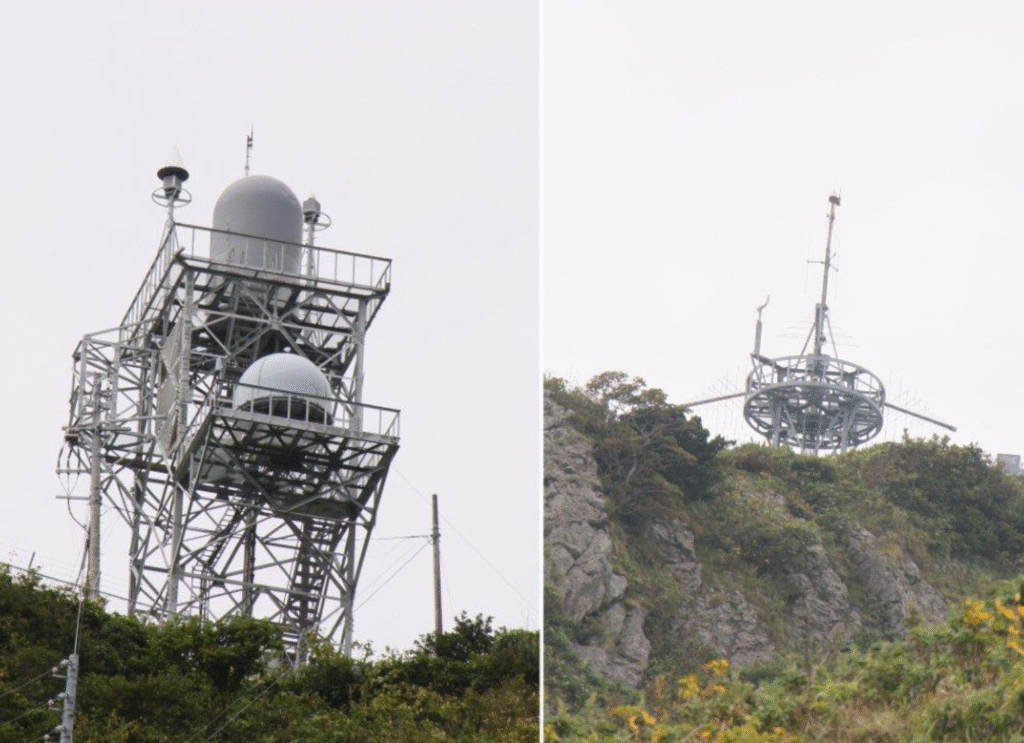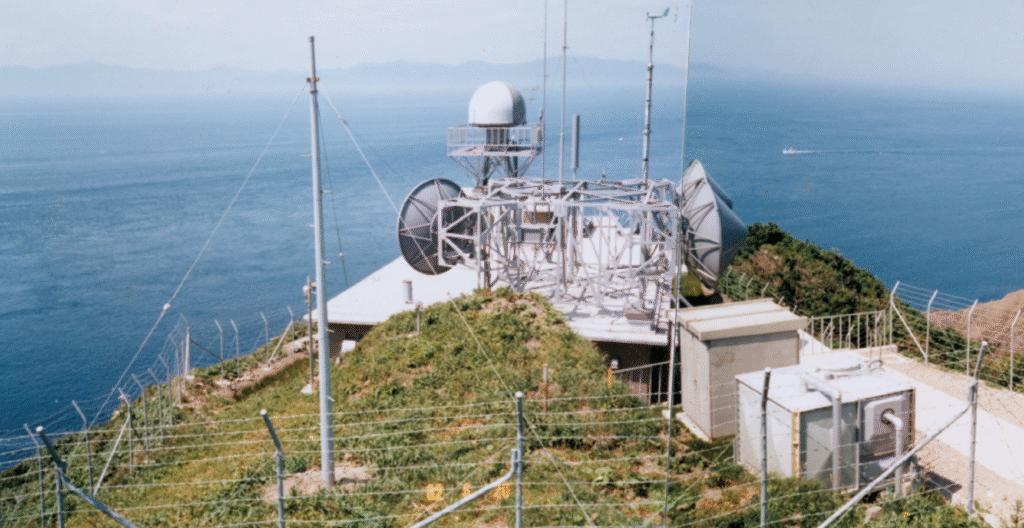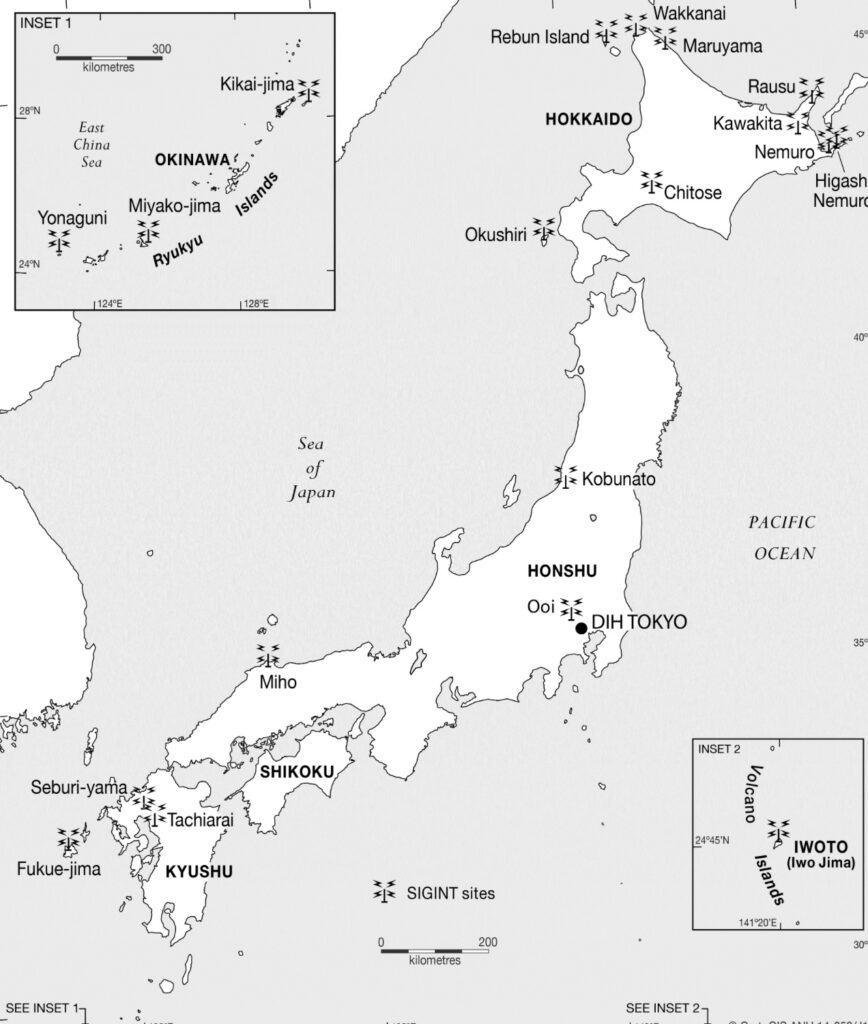One of the most compelling reasons KAL007 cannot have been an innocent airliner straying off course is the complete lack of radar tracks. This is despite the area being the most heavily militarised area in the world. A simple radar track showing the plane off course, the soviet interceptors tailing it and the consequent shootdown would confirm the story. Yet no radar track to date has been produced. All tracks proportion to be KAL007 are hand drawn sketches.
Japan (and thus the US) and Russia had multiple radar sites in close proximity to the track of KAL007. Japan had radar facilities in Waakani (closest radar to the shootdown), but also sites in Rebun Is., Nemuro, Tobetsu, Chitose and also Matsumae, Tappi Zaki, Okushiri Island and Kobunato.
Russian facilities were less well known but from transcripts there were sites at Yuzhno-Sakhalinsk, Dolinsk, Smirnykh, Poronaysk and Mys Terpeniya all of which would have given good coverage of KAL007’s flight path.
The multiple radar tracks would have pin pointed the exact location of the crash site and the wreckage, black boxes (and possible survivors) would have be located almost immediately. The reluctance of all counties involved to produce such a radar track can only be interpreted as there is more on these traces than the simple airliner lost and being shot down.
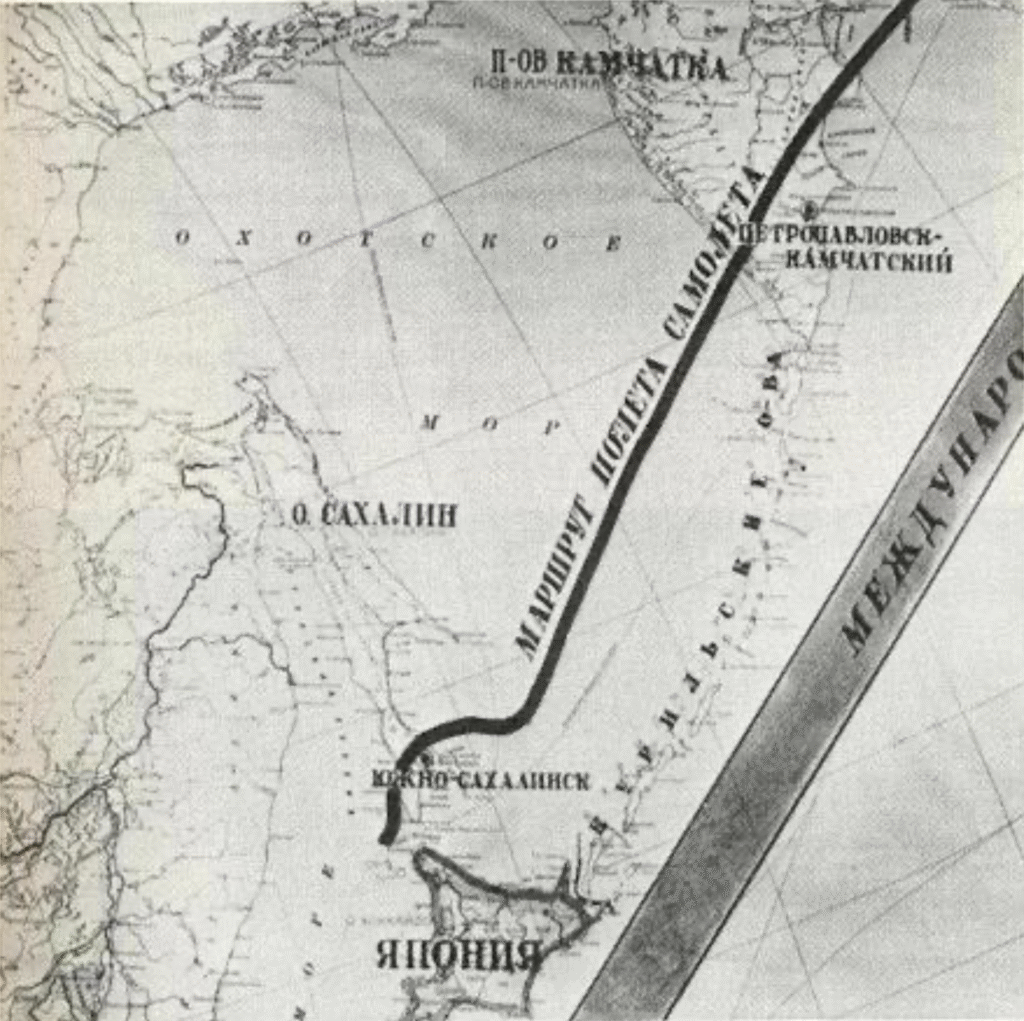
The original sketch of what the Soviets said KAL007 did is possibly the most accurate, at least in terms of the later part of the flight. It matches closely the Soviet official statement on the incident which has never changed. In summary, the Russian stance has always been that KAL007 turned to travel over Sakhalin then escaped over the sea of Japan.
In full: Mr. OVINNIKOV in the UN on Sept 2nd 1983 stated, quote: “It was natural that during the time the unidentified intruder plane was in USSR airspace, Soviet anti-air defence aircraft were ordered aloft which repeatedly tried to establish contacts with the plane using generally accepted signals and to take it to the nearest air-field in the territory of the Soviet Union; The intruder plane, however, ignored all this. Over the Sakhalin Island, a Soviet aircraft fired warning shots with tracer shells along the flying route of the plane.
“Soon after this the intruder plane left the limits of Soviet airspace and continued its flight towards the Sea of Japan. For about 10 minutes it was within the observation zone of radio location means, after which it could be observed no more.
“Now a hullabaloo has been raised in the United States and some other countries around the disappearance of a South Korean plane carrying out a flight from New York to Seoul. “‘One’s attention is drawn to the fact that already in the first report about this reference was made to the United States Central Intelligence Agency. Further reports emanating from the United States provide increasingly more grounds to consider that the intinerary and the nature of the flight were not accidental. It is indicative that now, post factum, the American side not only officially admits the fact of that plane’s violation of Soviet airspace but also cites data which indicate that the relevant United States services followed the flight throughout its duration in the most attentive manner.
“So one may ask that if it were an ordinary flight of a civil aircraft which was under continuous observation, then why were there no steps taken from the American side to end the gross violation of the airspace of the USSR and to get the plane back to an international flight route?
“Why did the American authorities, which now resort to all kinds of dirty insinuations about the USSR, not try to establish contact with the Soviet side and provide it with the necessary data about this flight? Neither was done, although there was more than ample time for this.
The Japanese radar facilities that recorded KAL007’s flight and also Soviet interceptor
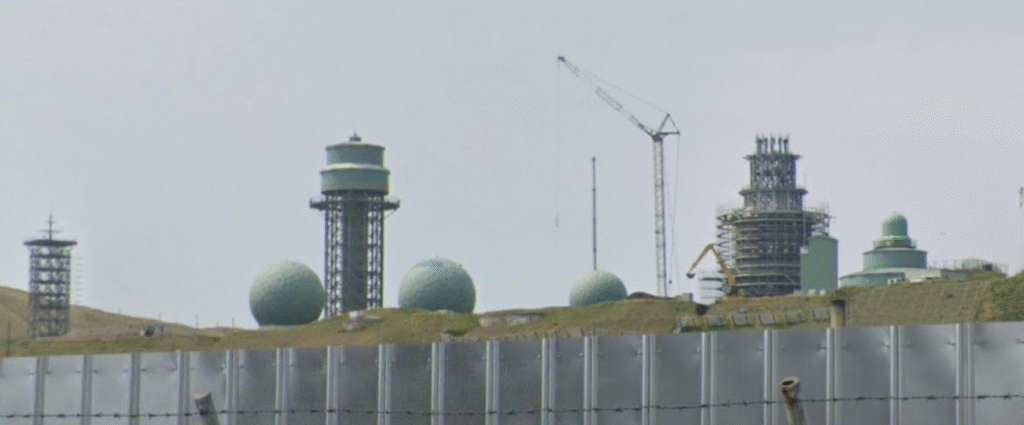
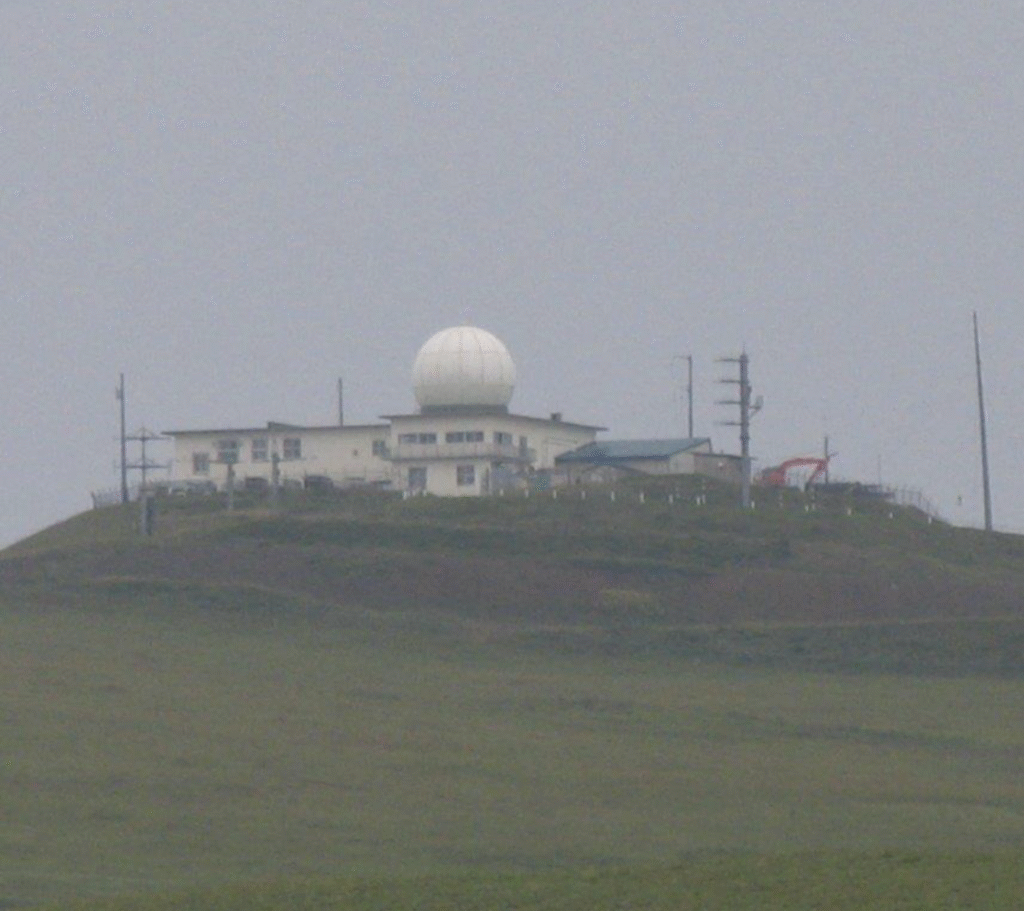
The Japanese radar facilities at Matsumae and Tappi Zaki that would have recorded the actual crash location of KAL007 both on radar and hydrophone arrays.
